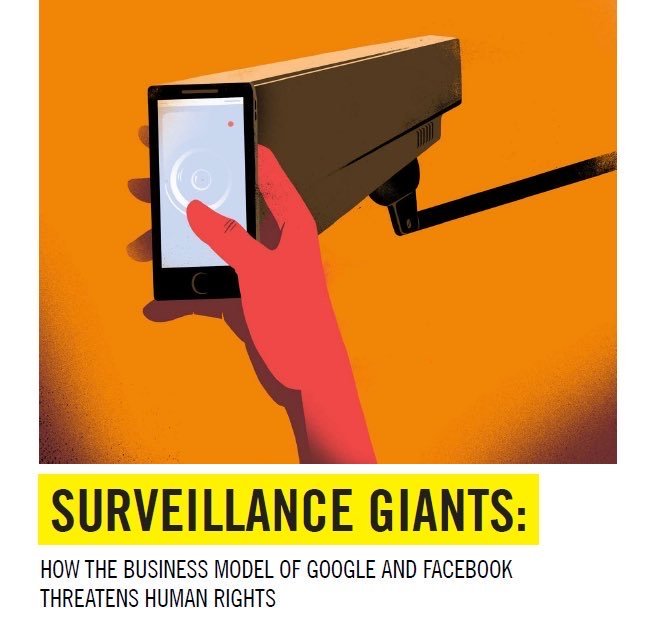First, identify something you find interesting and that you suspect others will also find interesting.
For demo purposes, I am going to examine the process that led to the "Why does E. coli clear from the blood faster than S. aureus?" Tweetorial.
Once the topic has been identified, you’ll need to find answers.
I usually start with a Google and/or UpToDate.
The goal is to identify paper(s) that either answer the question or lead to other references that do.
If using Google, the search string is important. I frequently encounter roadblocks because my search is too narrow or too broad.
Fortunately, my initial search ("gram negative rod bacteremia clearance”) provided a good start (see Tweet 6 for video).
bit.ly/2OidQh5
Once I have found an article, I look for answers. Often they are found in the Introduction and/or Discussion.
I then work my way through citations until I found the literature that answers the question.
Let me provide a few examples.
This Google search: bit.ly/3aTI2c6
Led me to this study: ncbi.nlm.nih.gov/pubmed/29020307
Then this one: ncbi.nlm.nih.gov/pubmed/4575682
💥Conclusion: The mononuclear phagocyte system is key.
This PubMed search: bit.ly/31fNv8A
Led to this study: ncbi.nlm.nih.gov/pubmed/2644860
Then this one: ncbi.nlm.nih.gov/pubmed/13664867
💥Conclusion: Staph aureus is cleared more quickly by the RES than e.coli.
This Google search: bit.ly/37OllEh
Led to this study: ncbi.nlm.nih.gov/pubmed/26971017
Then this one: ncbi.nlm.nih.gov/pubmed/14438353
💥Conclusion: E. coli clearance continues while S. aureus clearance plateaus.
While making my way through papers and their citations, I’m looking both forward and backward.
🔹What papers did the one I’m reading cite?
🔹What papers cited the one I’m reading?
Readcube is a huge help with this. I'll demo this in Part II.
I’m also looking for clinical correlates that can be included in the final Tweetorial.
For the bacteremia Tweetorial, the study linked below led me to the Trojan horse theory and the idea that neutropenia might affect S. aureus bacteremia.
ncbi.nlm.nih.gov/pubmed/21297670
🔹Find a promising article (I start with Google and/or UTD).
🔹Use this article to identify more, via the References (backwards) and Citations (forwards).
🔹As you research, look for clinical correlates.
From there, you're on your way!
Part II: "How to draft and post a Tweetorial?"
Part III: "Tools that can aid in Tweetorial creation"















